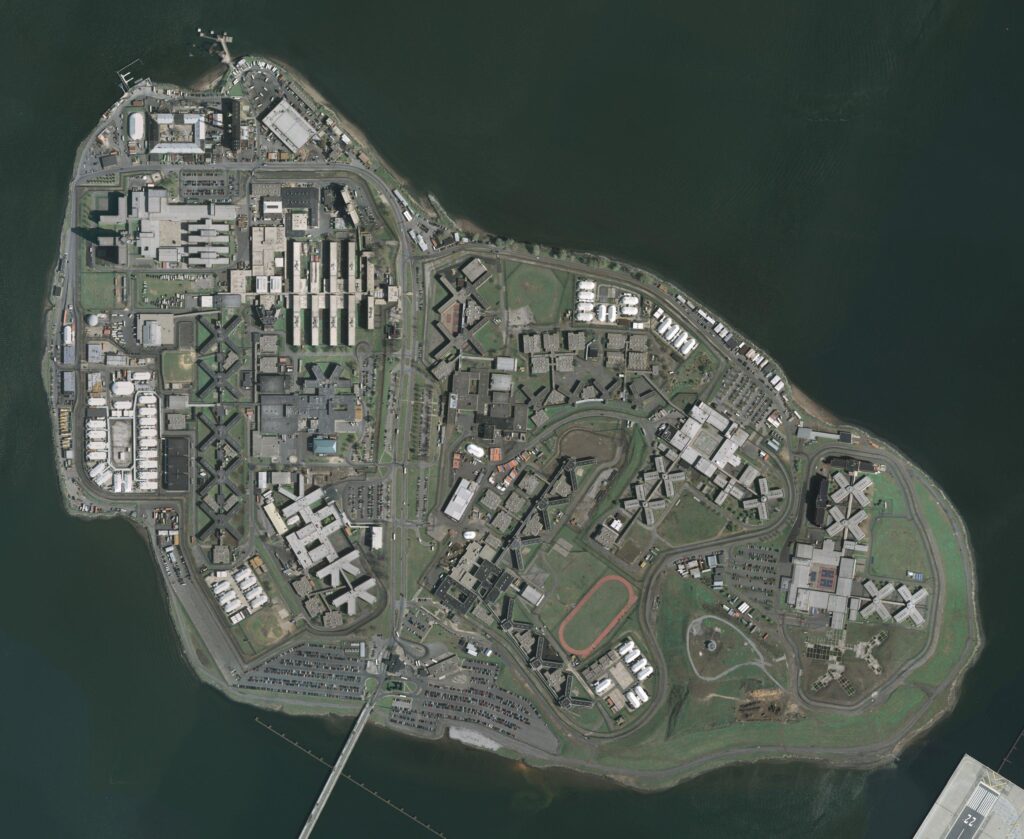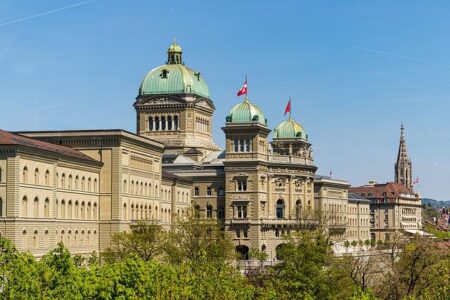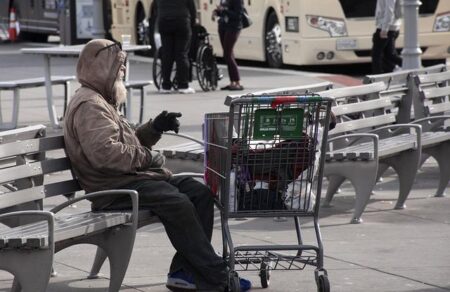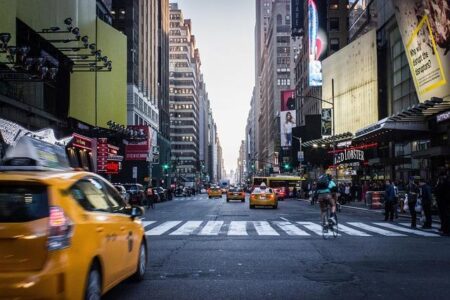Rethinking Rikers Island: A Dual Approach to Justice Reform and Affordable Housing in New York City
Shifting the Paradigm: From Punitive Detention to Rehabilitation and Public Safety
New York City stands at a pivotal crossroads in its criminal justice system, particularly with the impending closure of the infamous Rikers Island jail complex. The opportunity to redesign correctional facilities offers a chance to prioritize rehabilitation over incarceration. By integrating comprehensive mental health services, educational programs, and job training within new detention centers, the city can foster environments that prepare individuals for successful reintegration into society. This rehabilitative model not only curtails repeat offenses but also enhances overall community safety by addressing underlying factors contributing to criminal behavior through compassionate, research-backed interventions.
Unlocking Housing Potential: Repurposing Former Jail Sites for Affordable Living
As borough jail facilities close, the city gains access to valuable land in neighborhoods where affordable housing is desperately needed. Transforming these sites into mixed-income residential developments can create thriving, inclusive communities that benefit both former detainees and long-term residents. This approach supports:
- Diverse and inclusive neighborhoods that promote social equity and opportunity
- Proximity to essential amenities such as schools, healthcare facilities, and public transit
- Economic growth through local business development and employment opportunities
| Location | Estimated Housing Units | Community Advantages |
|---|---|---|
| Brooklyn Borough Jail | 850+ | Affordable housing combined with retail and community spaces |
| Manhattan Detention Complex | 1,300+ | Mixed-income residences alongside green recreational areas |
| Queens House of Detention | 650+ | Senior housing integrated with community centers |
Strategic Redevelopment: Addressing Housing Shortages Through Thoughtful Planning
New York City’s housing shortage disproportionately impacts low- and moderate-income families, making the redevelopment of former jail sites a critical component of urban renewal. To maximize benefits, redevelopment plans must balance density with livability, ensuring that new neighborhoods are both affordable and sustainable. Essential elements include:
- Affordable housing quotas: At least half of the new units should be accessible to a wide income range
- Community-focused design: Incorporating parks, public spaces, and amenities that encourage social interaction
- Eco-conscious construction: Employing energy-efficient materials and green technologies to minimize environmental impact
By converting these underutilized properties, the city can simultaneously combat homelessness, reduce displacement, and promote equitable urban growth.
| Facility | Current Status | Projected Housing Units | Affordable Units Target |
|---|---|---|---|
| Brooklyn Detention Center | Operational | 1,250 | 625+ |
| Queens House of Detention | Active | 950 | 475+ |
| Bronx Jail Complex | Partially Decommissioned | 1,600 | 800+ |
Policy Innovations to Foster Equitable and Sustainable Urban Development
Realizing the full potential of these redevelopment projects demands robust policy reforms. Zoning laws should be revised to encourage mixed-use developments that integrate affordable housing with commercial and green spaces. Environmental sustainability must be a cornerstone, with mandates for energy-efficient building practices and renewable energy integration. Equally important is ensuring that community members have a meaningful voice throughout the planning and implementation stages, guaranteeing developments reflect local needs and preserve neighborhood character.
Recommended policy actions include:
- Offering incentives for developers to adopt sustainable construction methods and renewable energy solutions
- Enforcing inclusionary housing policies that secure a substantial portion of affordable units
- Establishing transparent, participatory planning processes to empower community stakeholders
- Promoting workforce development and local hiring initiatives tied to construction and maintenance
| Policy Focus | Proposed Reform | Anticipated Outcome |
|---|---|---|
| Zoning and Land Use | Permit mixed-use projects with mandatory affordable housing percentages | Expands housing availability and diversity |
| Environmental Standards | Require green building certifications and energy efficiency | Reduces environmental footprint and lowers utility expenses |
| Community Engagement | Mandate inclusive public consultation and feedback mechanisms | Ensures developments meet community needs and values |
| Economic Inclusion | Implement local hiring and skills training programs | Strengthens local economies and job access |
Empowering Neighborhoods: The Role of Community Participation in Shaping Inclusive Growth
The success of transforming former jail sites into vibrant neighborhoods hinges on meaningful community involvement. Engaging residents, local organizations, and advocacy groups from the earliest stages ensures redevelopment aligns with the cultural fabric and practical needs of each area. Collaborative planning fosters transparency, builds trust, and promotes equitable access to new housing opportunities while preserving neighborhood identity.
Recent redevelopment initiatives demonstrate that early and consistent community engagement significantly boosts participation rates:
| Engagement Stage | Average Participation |
|---|---|
| Initial Consultations | 68% |
| Design Charrettes | 82% |
| Public Hearings | 75% |
Final Thoughts: Building a Just and Sustainable Future for New York City
As New York City moves forward with closing Rikers Island and reimagining its correctional system, the opportunity to simultaneously address the housing crisis is unprecedented. By developing modern, rehabilitative detention centers and converting former jail properties into affordable, sustainable housing, the city can foster safer communities and provide stable homes for thousands. The path ahead demands collaboration between policymakers, developers, and residents to create a more equitable urban landscape where every New Yorker has a place to thrive.













